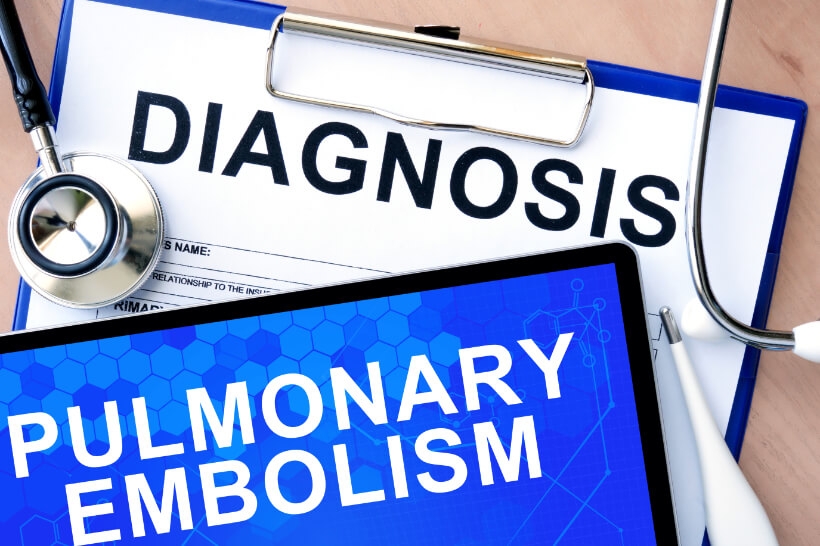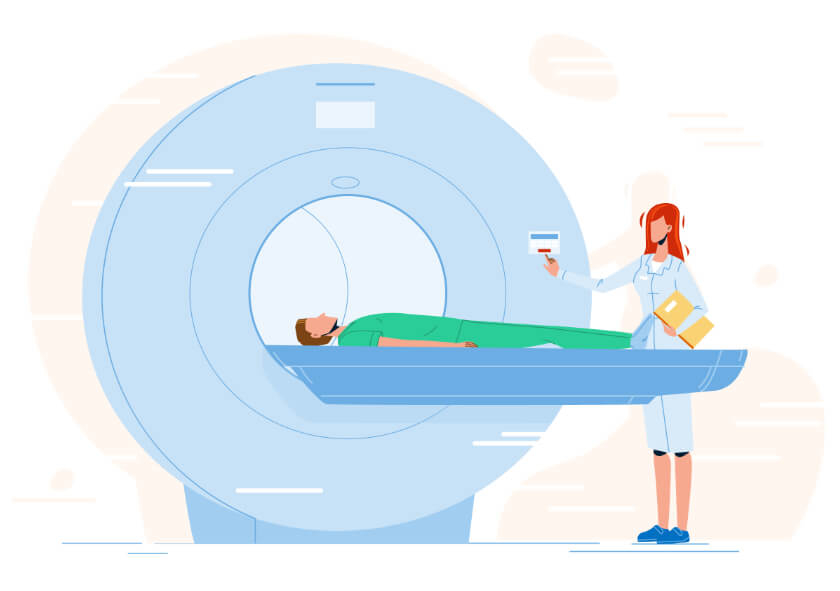
More than 20 Percent of U.S. Adults Experience Chronic Pain – How Radiology can Help Manage Pain

One in five American adults participating in a recent survey said they experience pain every day or on most days. Chronic pain can prevent people from working, taking care of their families, socializing, or engaging in their favorite pastime. Long-term pain can also affect mental health and reduce a person’s quality of life. Fortunately, medical science has come up with a number of ways to reduce chronic pain, and radiology plays an important role in pain relief.
About Pain and its Consequences
There are two main types of pain: acute and chronic. Acute pain is temporary, and usually develops as the result of an injury or sudden illness. Acute pain usually goes away on its own, but responds to pain relievers in the meantime. Chronic pain, by comparison, lasts three months or longer. In many cases, chronic pain can last for months or even years. While taking pain relievers can help alleviate chronic pain, using painkillers for long periods can cause serious health consequences.
Letting pain go untreated can also have serious consequences. Living with chronic pain is physically and emotionally stressful, and chronic stress can negatively affect mood, thinking, and behavior. Chronic pain is associated with limited activity, dependence on opioid pain relievers, anxiety and depression, and a reduced quality of life.
When chronic pain restricts a major activity, such as being unable to work outside the home, go to school, or do household chores, the consequences can be more severe. Chronic pain sufferers with a major activity restriction report more severe pain, more mental health problems, more difficult thinking clearly, trouble taking care of themselves, and higher use of healthcare than do chronic pain suffers without a major activity restriction.
Clearly, chronic pain is a serious issue that prevents millions of Americans from leading fulfilling, productive lives. The good news is that medical care can help reduce chronic pain – and radiology plays an important role in that care.
Ways Radiology can Help Reduce Chronic Pain
Radiology is a branch of medicine that uses imaging technology to diagnose and treat various health conditions. Radiologists create images using a number of imaging techniques and equipment, such as x-rays, magnetic resonance imaging (MRI), computed tomography (CT), and fluoroscopy. Radiology helps doctors reduce chronic pain in two important ways: by providing an accurate diagnosis and assessment of the underlying causes of pain and by treating the underlying condition through a technique known as interventional radiology.
Provide an accurate diagnosis and assessment
Radiology helps doctors pinpoint the underlying causes of pain, plan treatment to ease that pain, and to evaluate the effectiveness of treatment. Pain may be the result of a broken bone that does not heal correctly, overactive nerve signals, cancer, or non-cancerous growths that press against tissue. In some cases, enlarged veins can cause pain. Radiology procedures and techniques help doctors visualize abnormal tissue and bone to determine the cause of the patient’s pain.
Interventional radiology
Interventional radiology is a specialized type of radiology in which doctors perform minimally invasive procedures through small incisions in the body, guided by the images produced by fluoroscopy, MRI, CT, and ultrasound. Using interventional radiology, doctors can treat the underlying cause of chronic pain.
Types of interventional radiology procedures include:
- Uterine artery embolization – a procedure that destroys painful non-cancerous growths in the uterus
- Chest port placement – placement of a thin flexible tube under the skin, which makes it easier and less painful to receive medicines for long-term care
- Kyphoplasty – a procedure to treat painful fractures in the bones of the spine
- Oncologic intervention – procedures to help treat cancer and the pain it causes
- Pelvic congestion syndrome – this condition causes chronic pelvic pain in women
- Tumor embolization and ablation – procedures to reduce the size and appearance of painful tumors
- Varicocele treatment – varicocele is a painful enlargement of the veins in the testicles
Interventional radiologists can also take biopsies. Imaging equipment helps the radiologists locate abnormal tissue for removal using minimally invasive techniques. Medical laboratories examine biopsied tissues for signs of cancer or other pain-causing diseases. The use of interventional radiology instead of conventional surgery helps the patient avoid post-operative pain.
Interventional radiology can help address chronic pain, which can have far-reaching benefits for people who experience chronic pain. Interventional radiology can reduce or eliminate the need for opioid pain relievers, for example, so the techniques can help decrease the risk for opioid dependence or addition. Alleviating chronic pain can also help people get back to work, return to school, take care of their families, and regain their active lifestyles.
For more information about chronic pain and the ways radiology can help you reduce pain, consult with your doctor or radiologist. Radiology just may be the key to unlocking a pain-free, active life.




